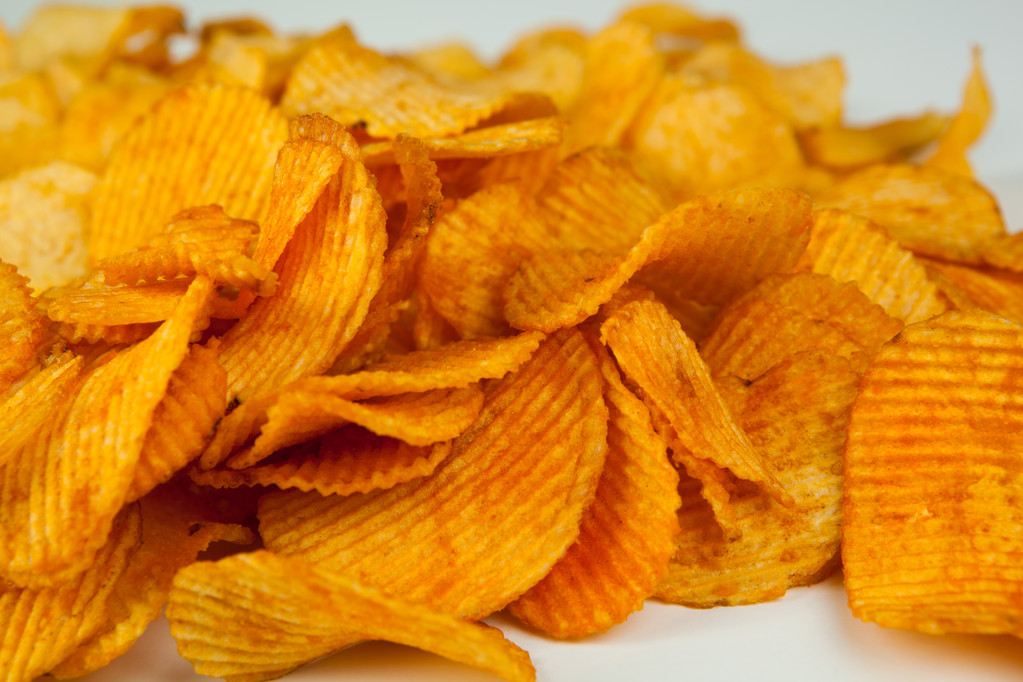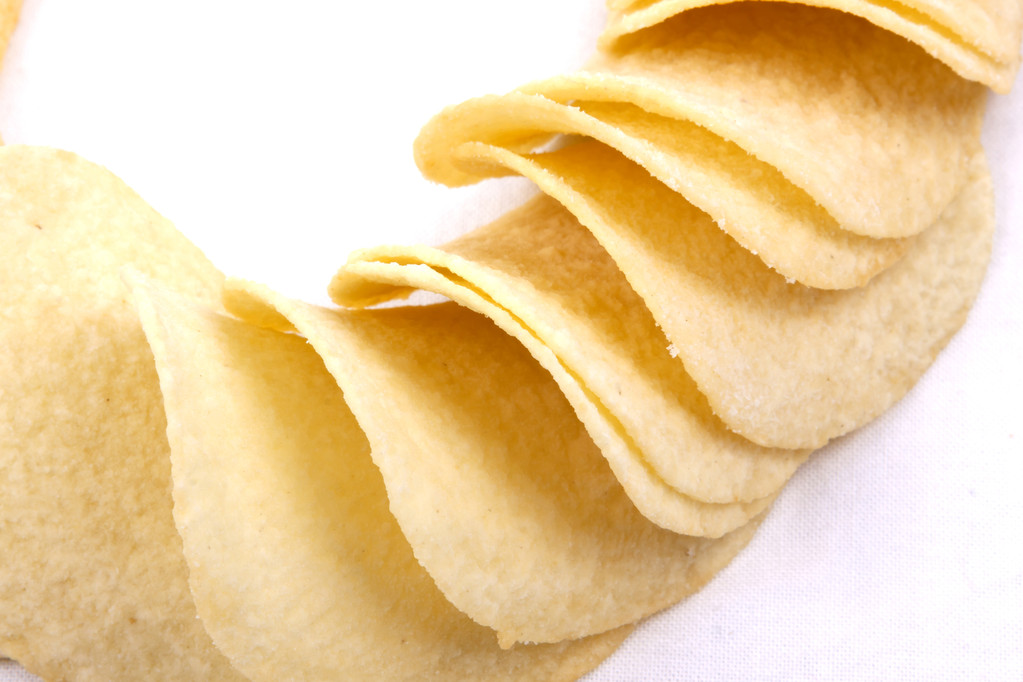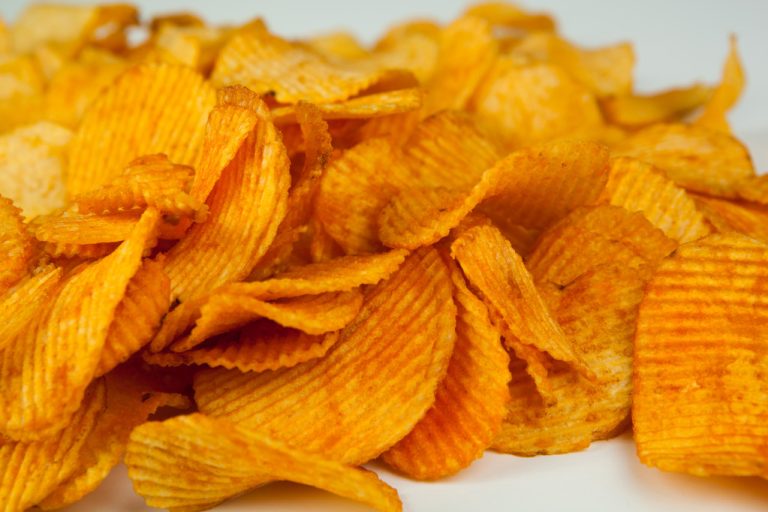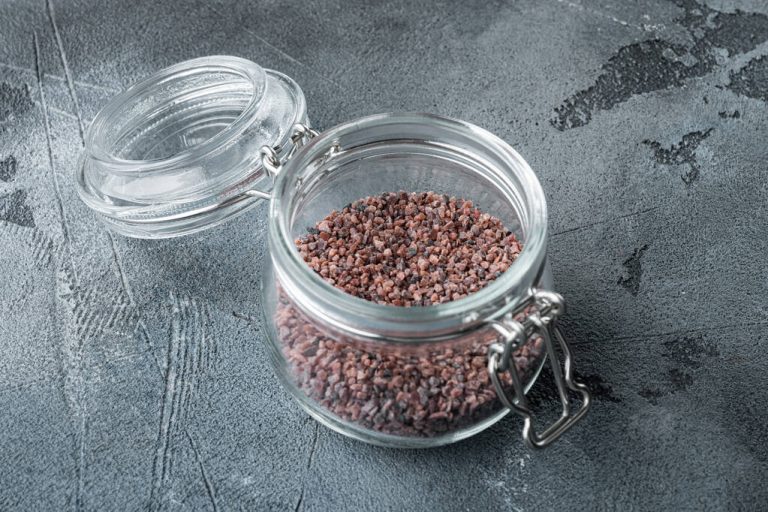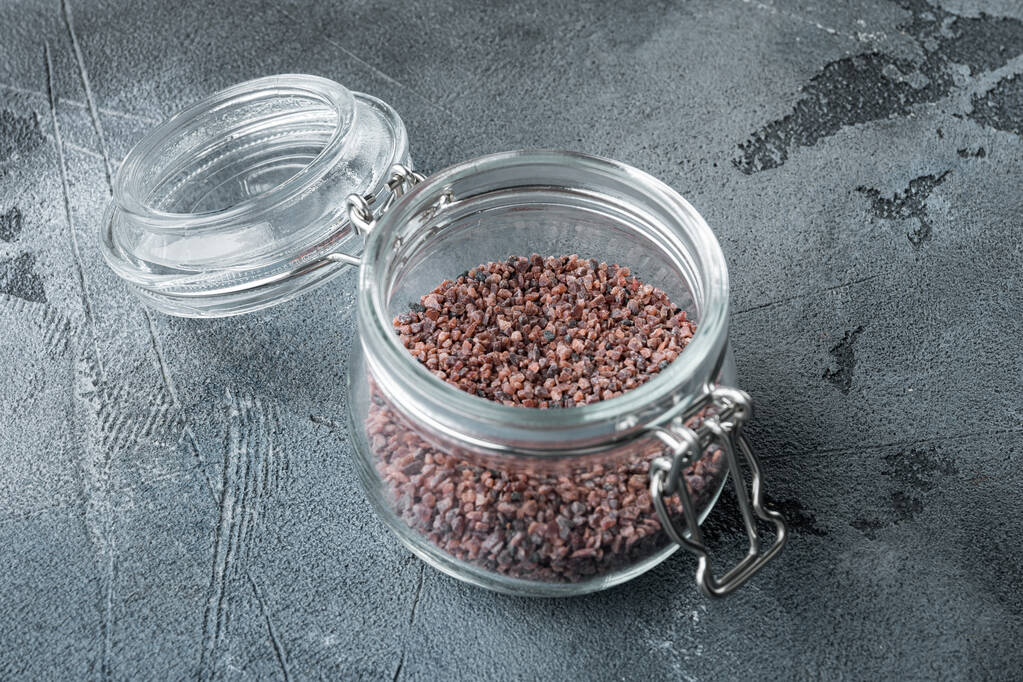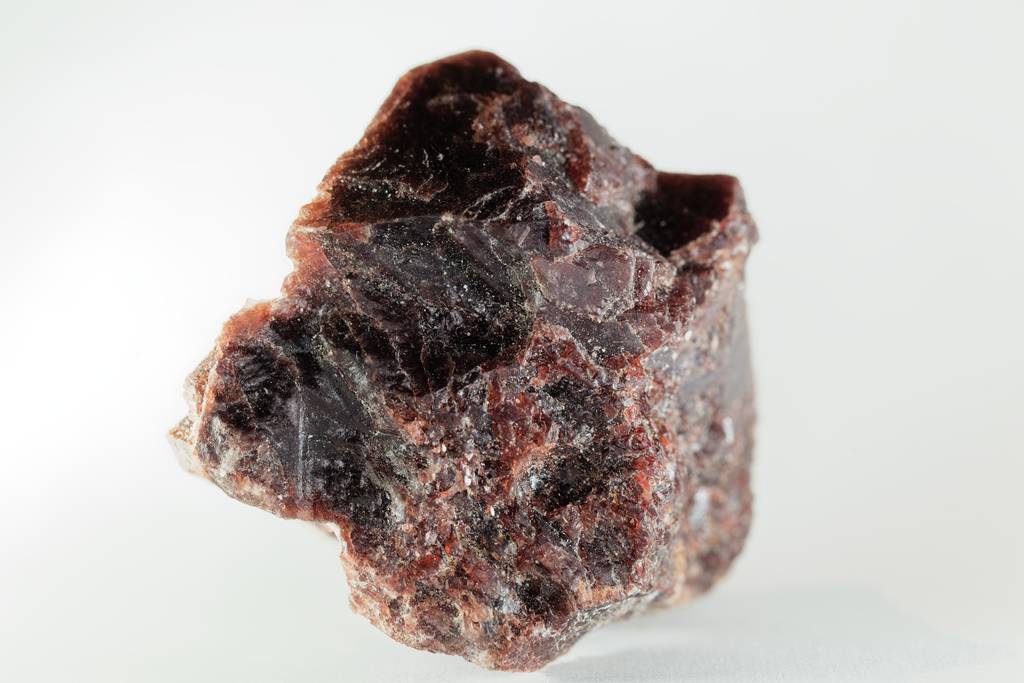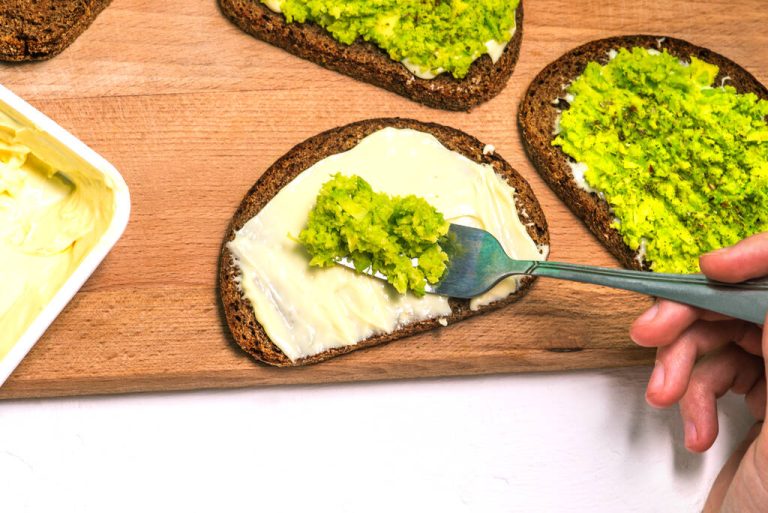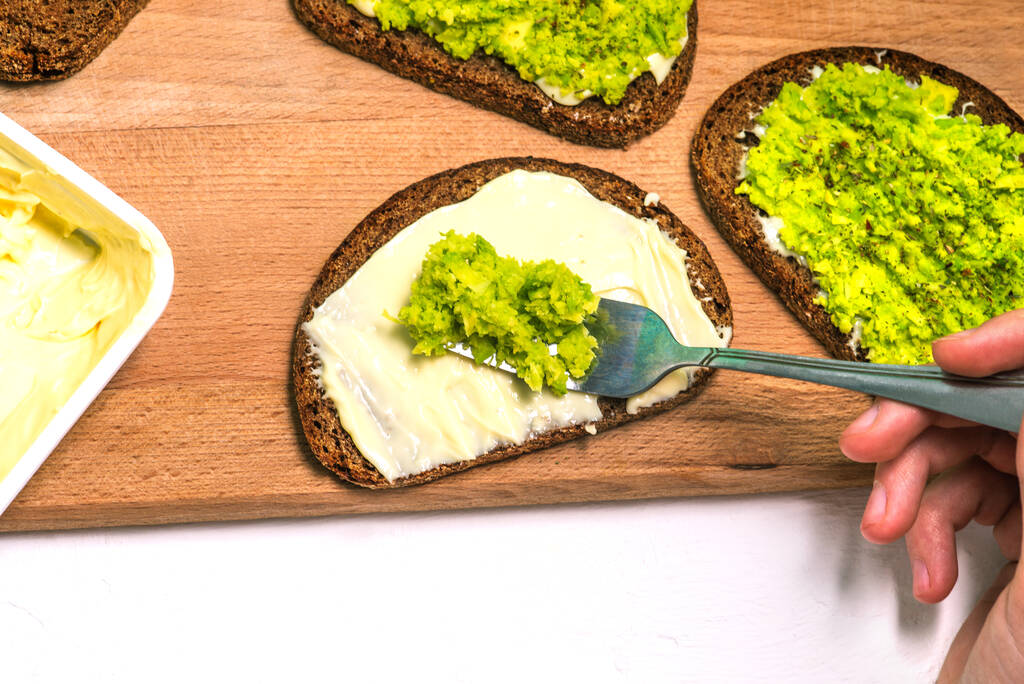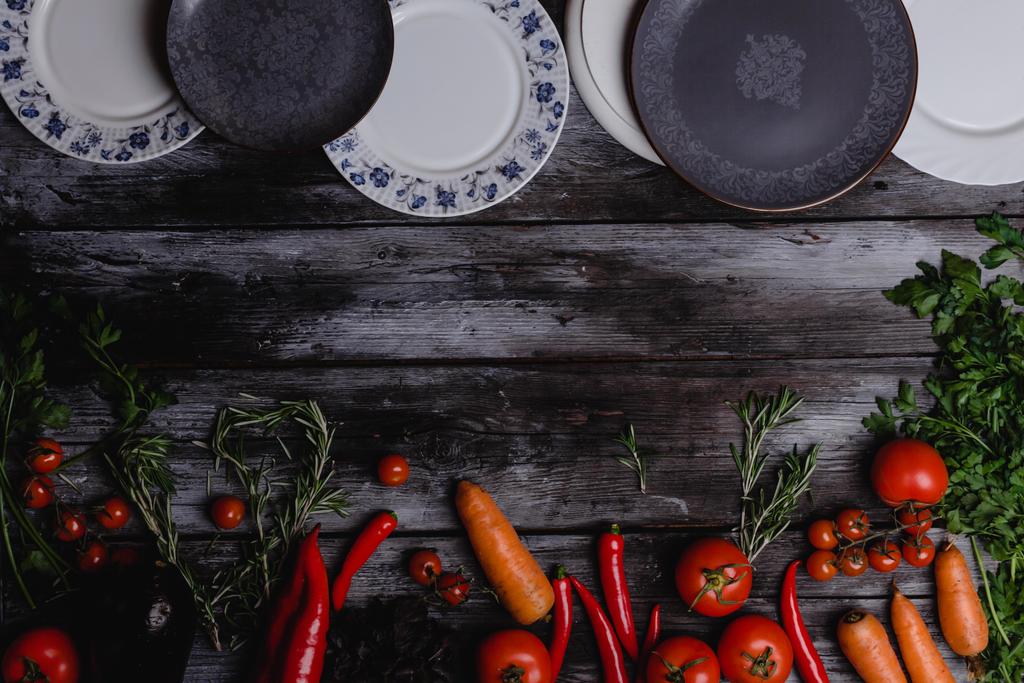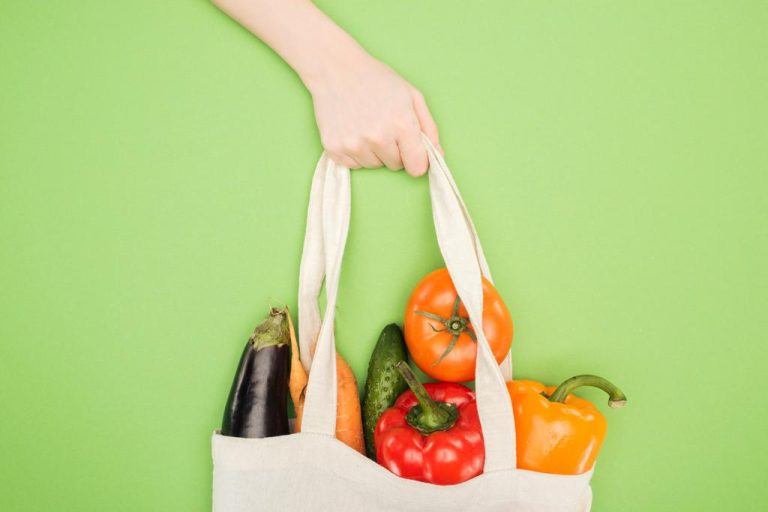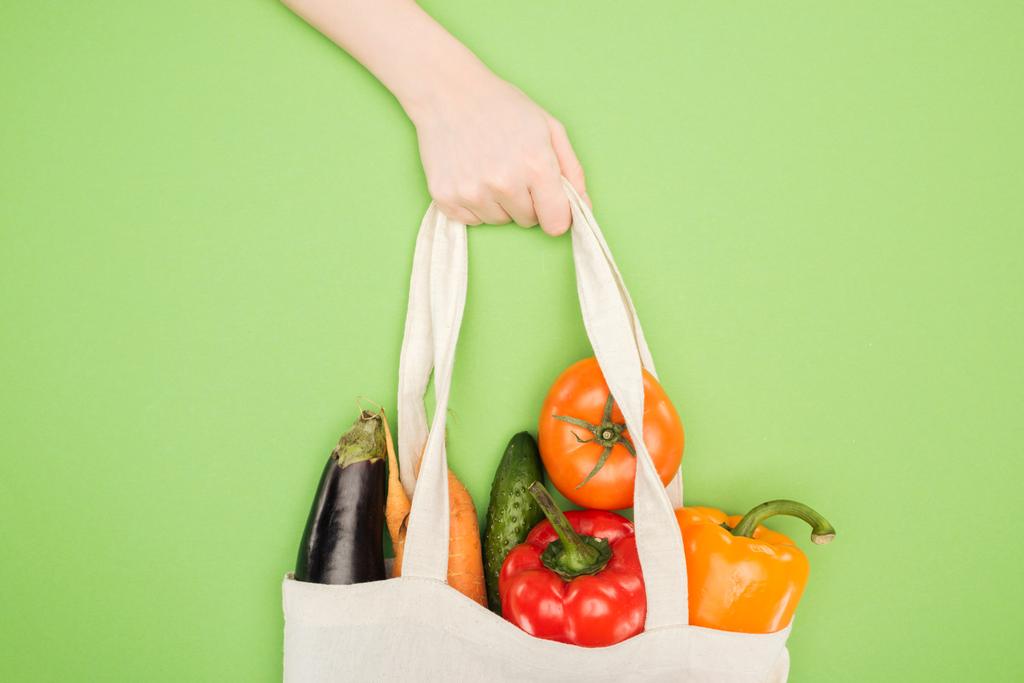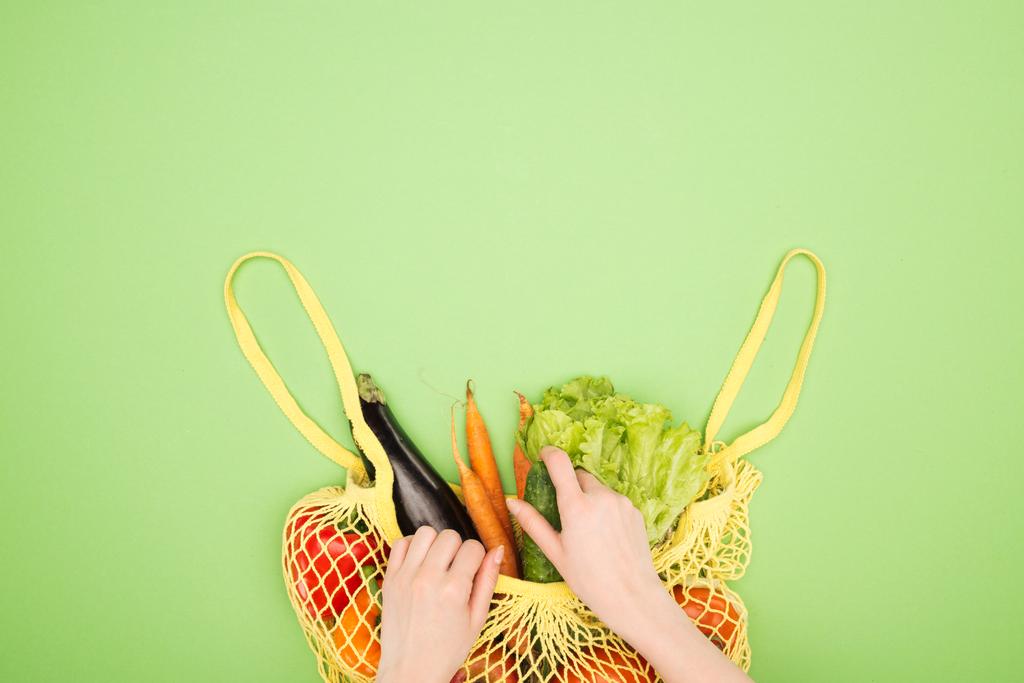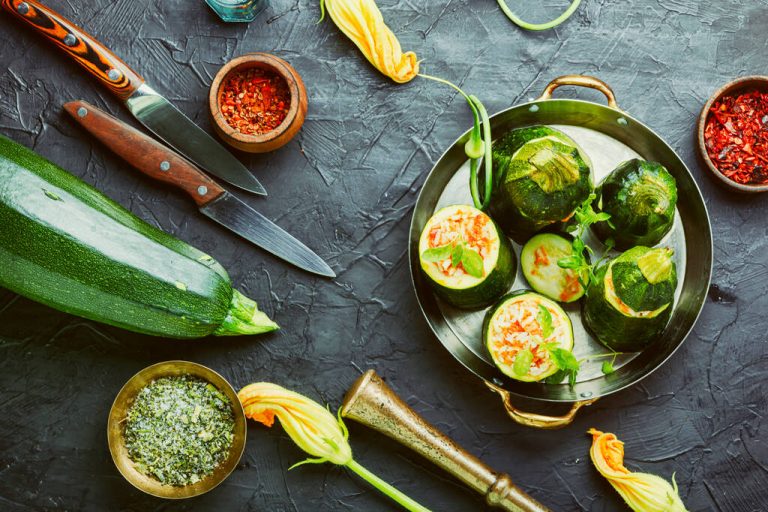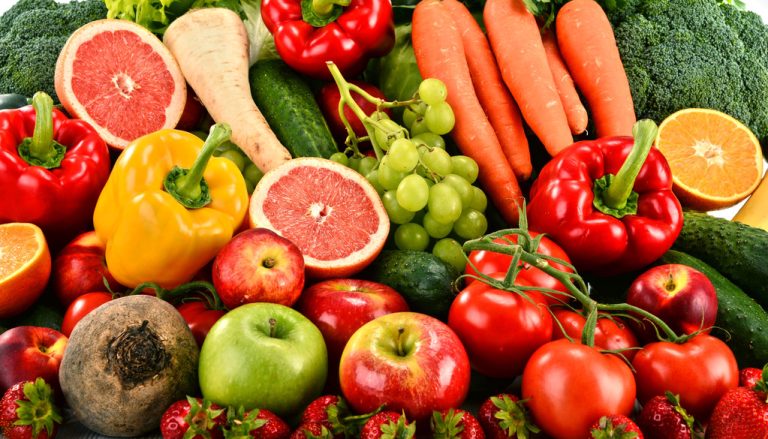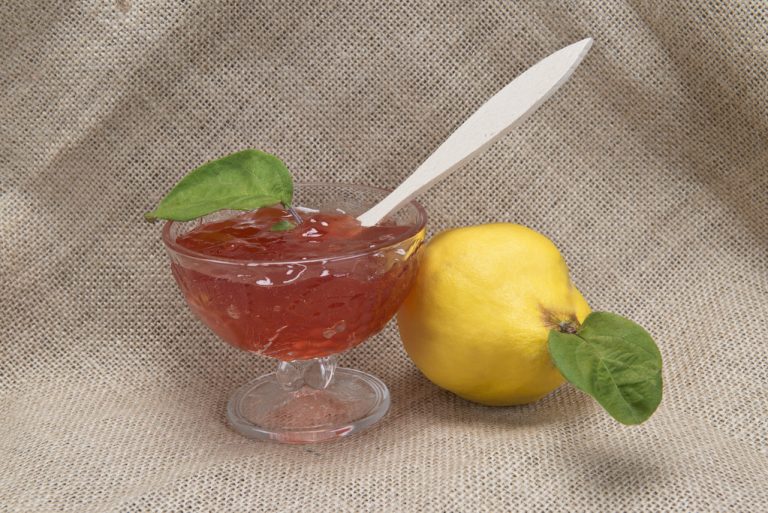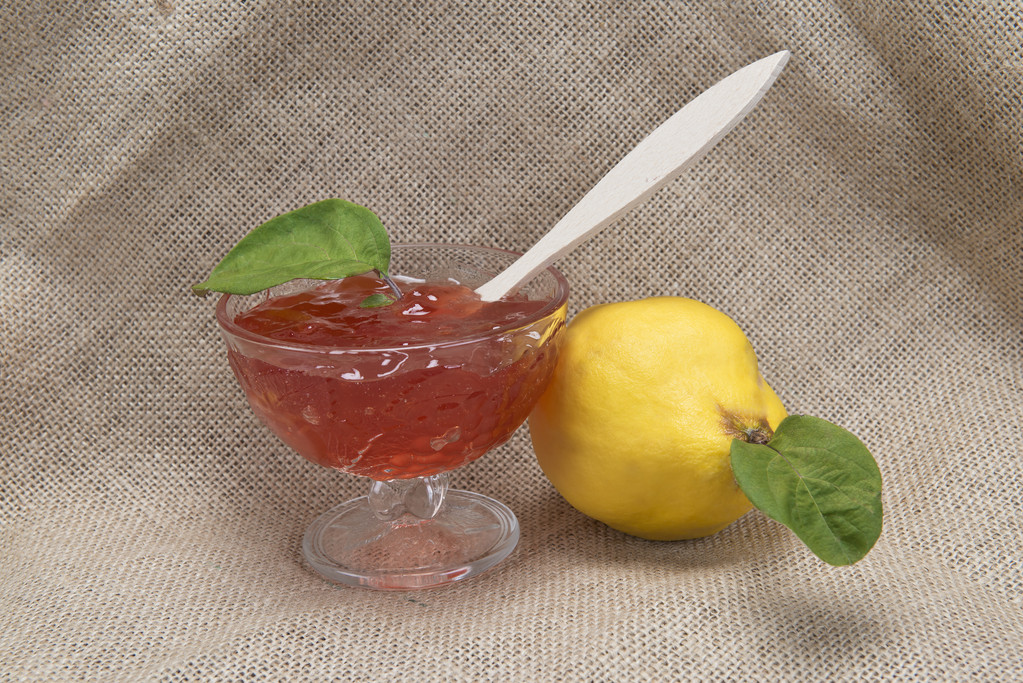Those who do without meat protect the environment and reduce animal suffering. But what if everyone in the world stopped eating meat? The effects would be remarkable.
Animal suffering in factory farming, the poor ecological balance of meat or exploitation in the slaughterhouses: there are good reasons for not eating meat.

1. There would be more free space
The production of food of animal origin takes up a lot of space. A 2018 study by Oxford University in England came to the conclusion that agricultural land without meat and dairy products could be reduced by up to 75 percent worldwide. That’s an area the size of the US, China, the EU and Australia combined. If mankind would only do without meat, the area would be a little smaller – but still considerable.
Of course, plant-based foods also need space to grow, but significantly less. According to the study, meat and dairy products provide only 18 percent of all calories and 37 percent of proteins – but require the largest area for production.
2. Less rainforest destruction
Less animal husbandry also means that less animal feed has to be grown. Pigs, cows and the like are fed with soy, among other things – around 70 to 75 percent of the global soy harvest is used as animal feed.
The high demand for soy means that in countries like Brazil, rainforests are being cleared to make room for soy plantations. If humanity stopped eating meat, more rainforest would remain.
3. More biodiversity
When the world uses less land for agriculture and more rainforest is preserved, there is more room for wild plants, insects and animals. Livestock farming is one of the main reasons why around a million animal and plant species are threatened with extinction: it takes away their habitat and food resources.
4. Fewer greenhouse gases
Livestock breeding not only takes up a lot of space, but also causes a lot of climate-damaging emissions. An American study from 2016 came to the conclusion that the greenhouse gases caused by animal husbandry could be reduced by 63 percent if people were to eat vegetarian food. According to this, a vegan diet would even result in savings of 70 percent.
5. Less water consumption
If people stopped eating meat, they would also save an enormous amount of water. One kilo of beef, for example, uses around 15,000 liters of water during the production process. A particularly large amount of it is needed to irrigate areas under cultivation for animal feed.
6. Cleaner groundwater
Without animal husbandry, the water quality would also improve. In Germany, the nitrate levels in groundwater are too high, which is why the EU Commission has already sued Germany.
Farmers use liquid manure from factory farming to fertilize their fields. In livestock farming, however, the quantities of manure are so large that the soil is heavily over-fertilized – and the groundwater is polluted with nitrate.
7. Less antibiotic resistance
Especially in factory farming, farms treat their animals with antibiotics to prevent disease from spreading. According to a study from 2019, three times more antibiotics and other drugs are used in animal fattening than in human medicine.
The consequences: Resistant bacteria develop in the animals, which humans eat with the meat. As a result, certain antibiotics also lose their effectiveness in humans. If a person becomes seriously ill and is dependent on an antibiotic, resistance can, in the worst case, be fatal. If humanity stopped eating meat, there would be fewer such antibiotic resistances.
7. Fewer diseases
Overall, people around the world could be healthier if they stopped eating meat. The World Health Organization (WHO) classifies red meat as “probably carcinogenic”. Red meat includes pork, beef, lamb, and goat. According to the WHO, processed meat such as sausage and ham is considered “carcinogenic”. So if people stopped eating meat, there would be fewer cancers.
We would also probably eat more vegetables and plant-based foods – and thus take in more healthy nutrients. A 2016 study calculated that a vegan and vegetarian lifestyle could prevent seven to eight million premature deaths worldwide every year.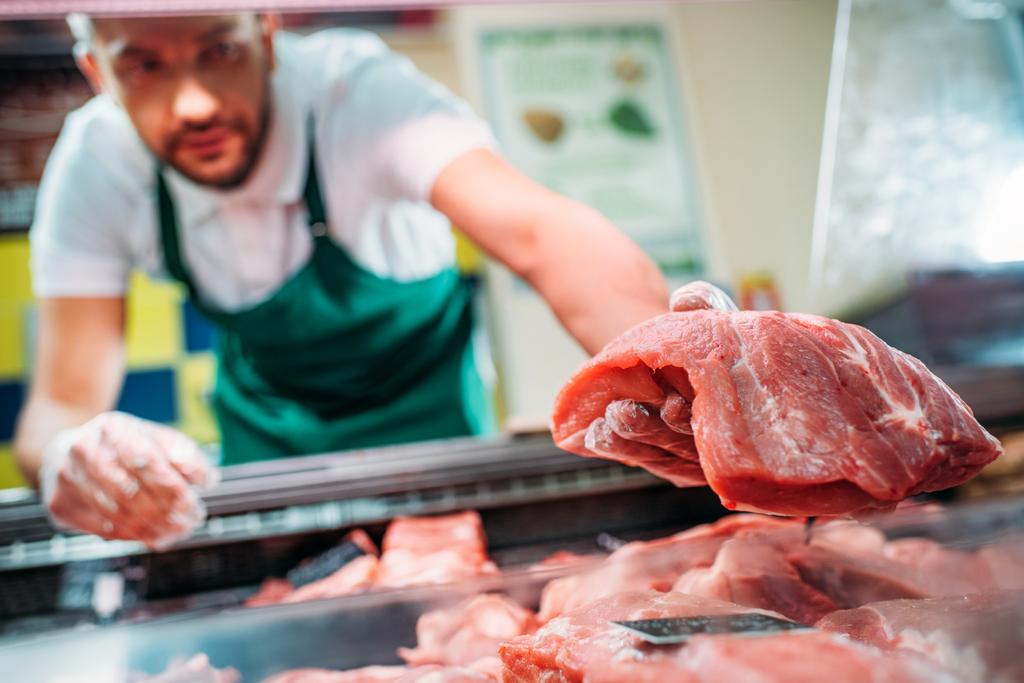
8. Less animal suffering
When humanity stops eating meat, fewer animals need to be raised in problematic conditions. In addition, fewer animals are slaughtered. Overall, animal suffering is at least reduced. However, it can only be avoided completely if animals are no longer exploited for food production. We should fundamentally make the production of dairy products and eggs more animal-friendly, consume less of them – or do without them altogether.
